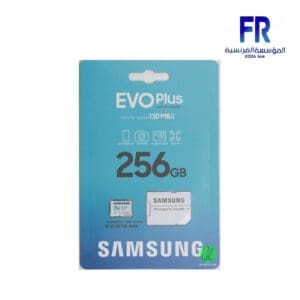Storage is a process through which digital data is saved within a storage device. HDD, HDD Connectors, SSD, M.2 NVMe drivers and memory card.
A memory card is a small electronic storage device used to store and transfer digital data. It is commonly used in portable electronic devices such as digital cameras, smartphones, tablets, gaming consoles, and other devices that require additional storage capacity.
Memory cards come in various formats and types, including Secure Digital (SD) cards, microSD cards, CompactFlash (CF) cards, Memory Stick cards, and more. Each format has its physical size and specifications, but they all serve the same purpose of providing removable storage.
Here are some key points about memory cards:
- Storage Capacity: Memory cards are available in different storage capacities, ranging from a few megabytes (MB) to several terabytes (TB). The capacity you choose depends on your needs and the capabilities of your device.
- Compatibility: It’s important to ensure that the memory card you choose is compatible with your device. Different devices support different card formats, so you need to check your device’s specifications or manual to determine the supported memory card type.
- Read/Write Speed: Memory cards have different read and write speeds, which affect how quickly data can be transferred to and from the card. Faster cards are beneficial when capturing high-resolution photos, recording videos, or running applications directly from the card.
- File System: Memory cards typically use a file system to organize and manage data. Common file systems include FAT32 and exFAT, which are compatible with most devices. However, some devices may require specific file system formats, so it’s important to check the device’s requirements.
- Care and Handling: Proper care and handling of memory cards are essential to ensure data integrity and longevity. Avoid exposing the card to extreme temperatures, water, and physical damage. Additionally, it’s advisable to back up important data regularly to minimize the risk of data loss.
- Adapters and Readers: Memory card adapters and card readers allow you to connect memory cards to devices that may not have built-in card slots. For example, you can use an SD card adapter to insert a microSD card into an SD card slot.


